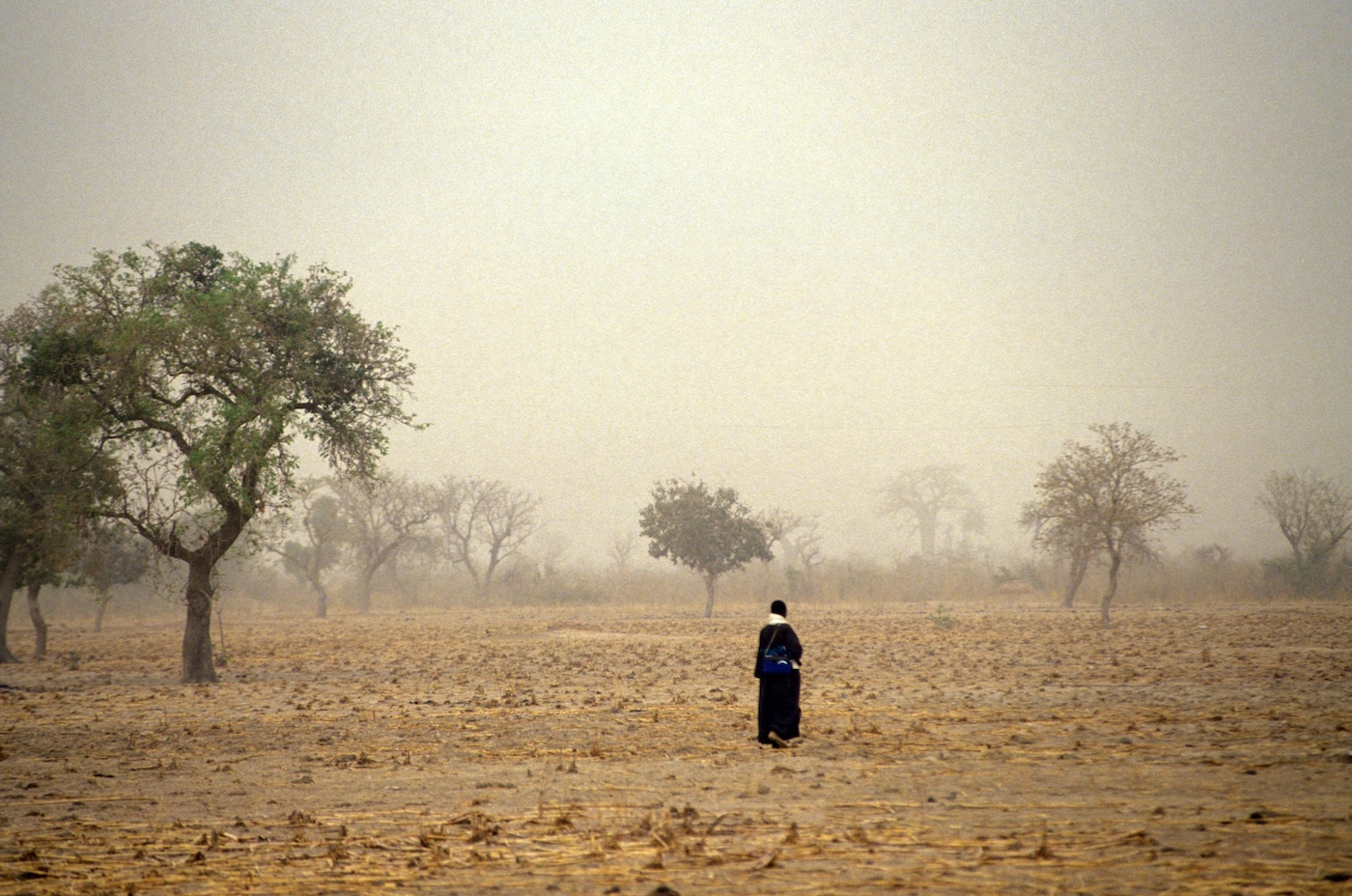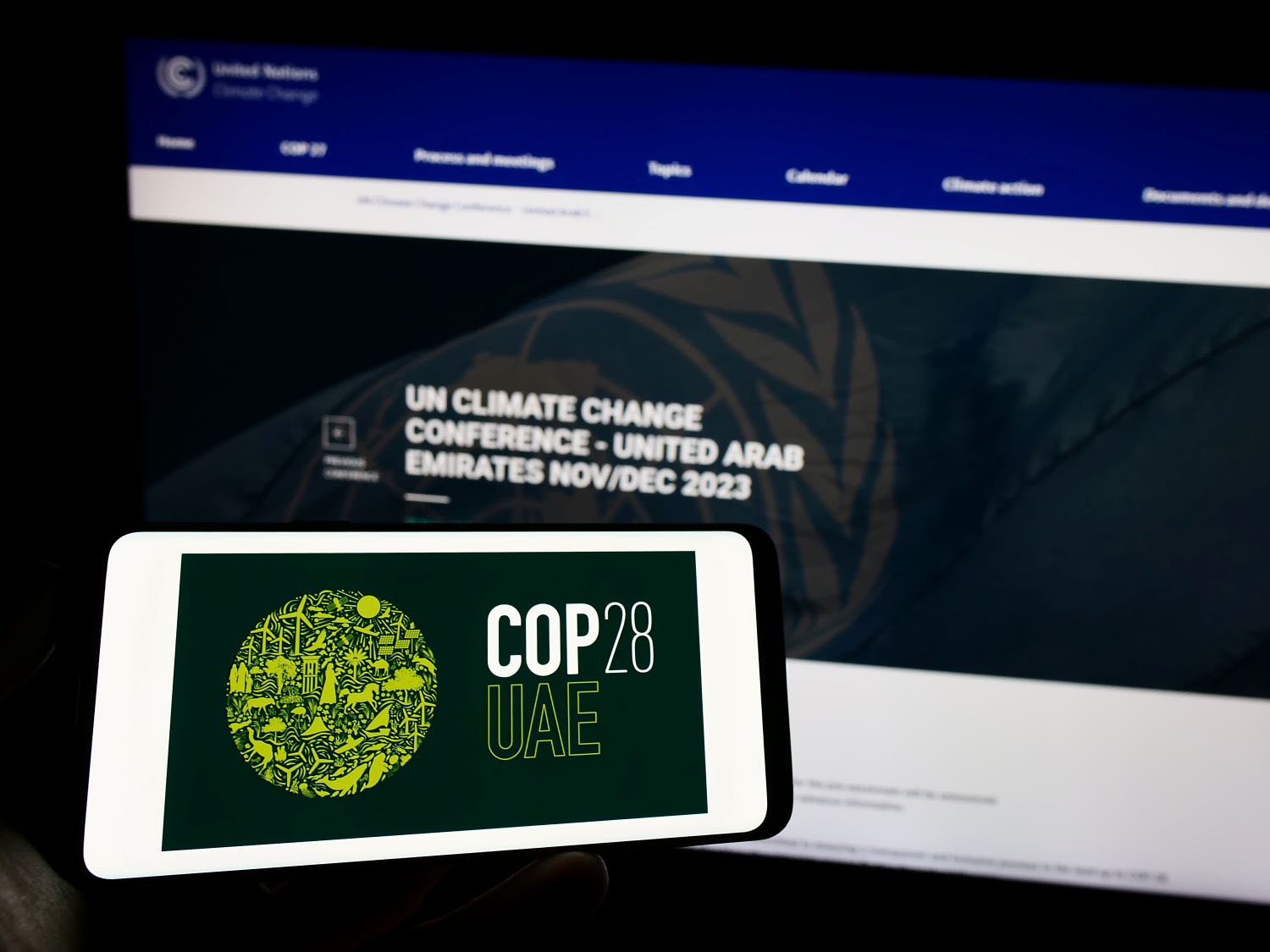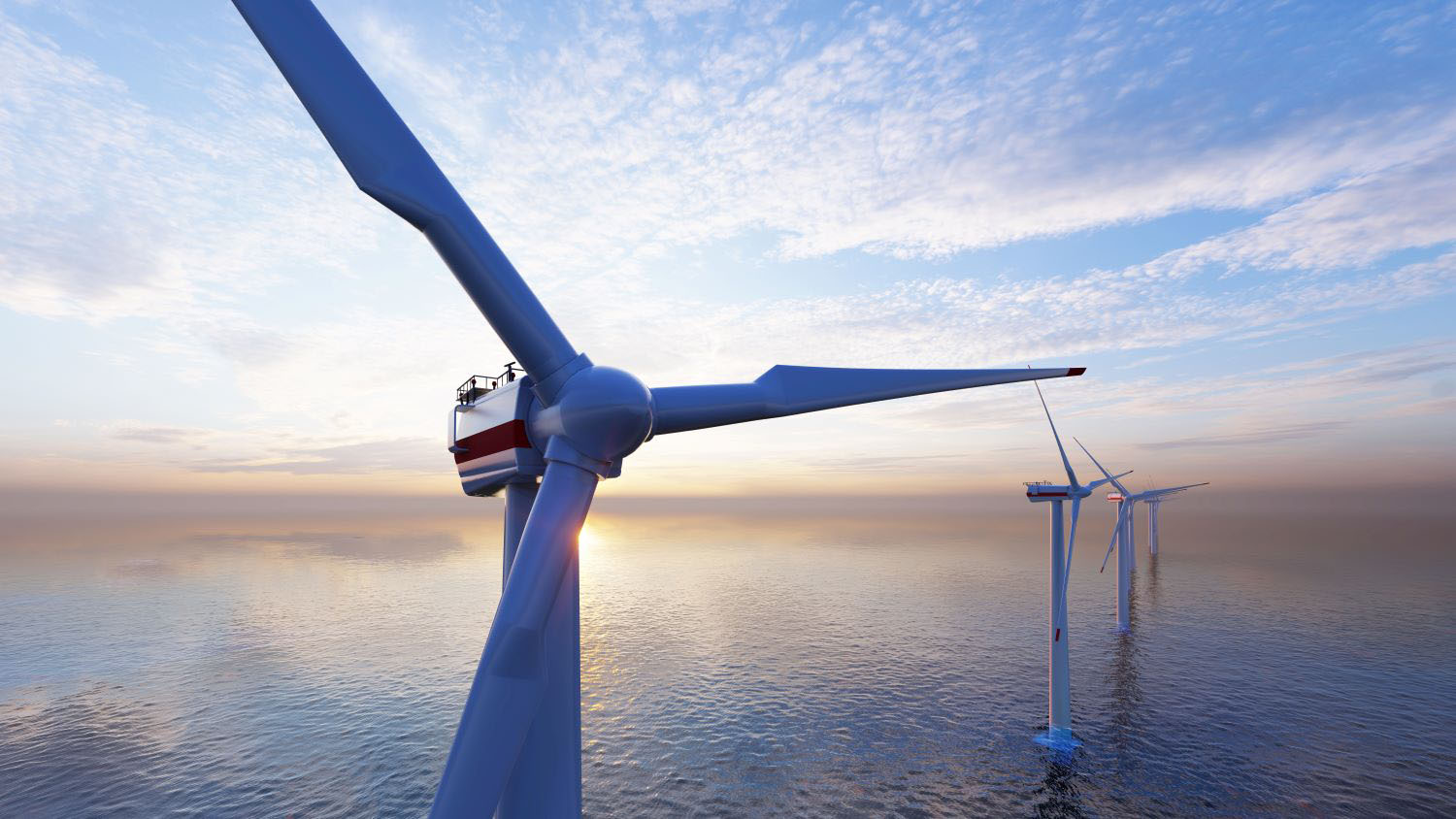Recommended
So, we have a COP28 deal, the “UAE Consensus”. After the fury of Monday when the first draft dashed rising hopes (however unrealistic) of an ambitious commitment to phase out all fossil fuels, and the talks were at risk of collapse, a compromise forged after hours of tense and heated negotiations was finally agreed on Wednesday. It represents a significant step on the road to meeting the objectives of the Paris Agreement.
COP opened with new evidence that irreversible tipping points are closer than we thought; and that we remain well off-track in terms of the required pace of emission reduction, with emissions in fact still rising.
But what does the agreement mean for developing countries? Here we examine takeaways from COP28, with a focus on the three topics we predicted would matter the most for development.
Climate finance: UAE opens the door to non-traditional providers
Both the agreement and launch of the Loss and Damage Fund on the very first day of COP28 have been billed as historic, though the amounts pledged—$726m as of Wednesday 6th—remain a drop in the ocean compared to the estimated $200-400bn needed annually by 2030. For the most part, the finance pledged is not new or additional, but will come out of existing climate finance commitments: robbing Peter to pay Peter. However, the UAE’s opening pledge of $100m opens the door for other non-traditional donors to start contributing, as CGD analysis suggests they should: the responsibilities and “fair shares” of many high emitting emerging economies are very different from low- and lower-middle-income countries.
There was little progress on the New Collective Quantified Goal, with most developing countries—particularly the high emitters—continuing to insist that responsibility for providing climate finance lies entirely with the developed world. This will be a key flashpoint as discussion continues into 2024, though additional political inputs over the next year—with Party deliberations to be held back-to-back with the next set of “at least three” technical expert dialogues—mean draft negotiating text should be developed ahead of COP29 (the deadline for agreeing the NCQG).
But perhaps it’s time to rethink the simplistic distinction between “developed” and ”developing” countries when it comes to climate finance contributions.
There were a few announcements on climate finance, notably the:
- UAE’s pledge to establish a new $30 billion equity fund to provide private investment in climate friendly projects across the globe, with $5 billion for developing countries.
- Leaders’ Declaration on a Global Climate Finance Framework emphasized bigger, better and more effective multilateral development banks and was signed by a broad coalition of 13 countries from India to Barbados, and Senegal to the US and UK. The declaration outlines 10 actions to make climate finance more available, accessible, and affordable based on principles of collective action, opportunity for all, and delivering at scale.
- World Bank’s commitment to increase climate funding to 45% of its total lending (from 35%). This equates to an increase of $9 billion annually, although total lending has not increased, and the approach is not without its critics.
France was conspicuously absent from the Global Climate Finance Framework but instead launched a taskforce on international taxation with Antigua and Barbuda, Barbados and Kenya (with the African Union and EU as observers) which will have ‘concrete proposals’ by COP30 (in Brazil). We reviewed some of the main options here.
But there was little progress on adaptation financing, beyond an acknowledgement of a large financing gap and a restatement of Glasgow’s commitment to double adaptation finance by 2025. Proposals to include a $400 billion annual financing target in the Global Goal on Adaptation were dropped. And while concerns were expressed about the quality of climate finance reporting, and the need for finance to be new and additional, there was little tangible progress on either.
Fossil fuels: commitments weak, but signals clear
Fossil fuels were always likely to be the most controversial aspect of the agreement.
IEA analysis suggests that initial pledges—on tripling renewable energy, doubling energy efficiency, and cutting methane—will deliver only 30 percent of the emissions reductions required by 2030 to get the world on track to limit global warming to 1.5 degrees.
Subsequent calls for ambitious commitments to phase out all fossil fuels were ultimately resisted, not just by the Organization of the Petroleum Exporting Countries, but also by a number of developing countries anxious to retain an opportunity to exploit their own fossil fuel resources to meet their development needs or angry at the lack of financial commitments to help them transition.
The final text of the agreement—calling on all countries to contribute to “transitioning away from fossil fuels in energy systems, in a just, orderly and equitable manner, accelerating action in this critical decade, so as to achieve net zero by 2050 in keeping with the science”—provides space for differentiated responses within an overall net zero trajectory aimed at keeping 1.5 C alive. So while commitments are weak, the signal is clear. As UN Secretary General Guterres put it: “Whether you like it or not, fossil fuel phase out is inevitable. Let’s hope it doesn’t come too late.”
Carbon pricing and trade—done right, can be good for the poor
Although there was no explicit mention of carbon pricing or taxation in the final agreement, there was growing recognition that it will have to be part of the policy package to accelerate decarbonisation. Distributional issues are key, but can be addressed, with new tools such as the Carbon Pricing Incidence Calculator exploring the distributional consequences of carbon pricing and various compensation measures for 87 countries. As the IMF put it “Done right, carbon pricing can be good for the poor.” The IMF’s own proposal for a global carbon price, differentiated according to income status ($25 per tonne for low-income countries, $50 for middle-income countries, and $75 for high-income countries), continues to attract attention.
There is also growing interest in carbon markets. The World Bank for example announced plans for the growth of high-integrity global carbon markets, with 15 countries set to earn income from the sale of carbon credits generated from preserving their forests. By next year, these countries will have produced over 24 million credits, and as many as 126 million by 2028. These credits could earn up to $2.5 billion in the right market conditions.
But the EU’s carbon border adjustment mechanism continues to be controversial, with some developing countries angry at its perceived protectionism and unfairness. This is a shame, because the principle is sound and the scheme could have been better designed to provide a source of finance and support transition in developing countries. An opportunity missed. The UAE Consensus pointedly notes that measures taken to combat climate change, including unilateral ones, should not constitute a means of arbitrary or unjustifiable discrimination or a disguised restriction on international trade. We hope to take forward work on how border adjustments can work better for developing countries.
Conclusions
On the penultimate day of the summit, the prevailing view was that no deal would be better than a bad deal. Now, the majority view is that this deal is better than nothing. Words still need to be translated into action, but the direction of travel is ever clearer. And for all the alarm about negative tipping points, the possibility of positive tipping points—technological, economic and societal—that may drive more rapid decarbonisation, offer grounds for hope.
Change will be disruptive, and there will be both winners and losers as economies transition and the global policy and regulatory environment changes. The economic viability of a fossil fuel led development trajectory looks increasingly questionable. The need for genuinely new and additional financial resources for developing countries—from existing and new donors and from new sources altogether—is increasingly clear. MDB reform remains a key part of this agenda. The development challenge has never been greater.
We’re grateful to Hannah Brown for her summary of COP28 outcomes which this blog drew on. All views and any errors remain those of the authors.
Disclaimer
CGD blog posts reflect the views of the authors, drawing on prior research and experience in their areas of expertise. CGD is a nonpartisan, independent organization and does not take institutional positions.
Image credit for social media/web: Photo by COP28 Mahmoud Khaled








